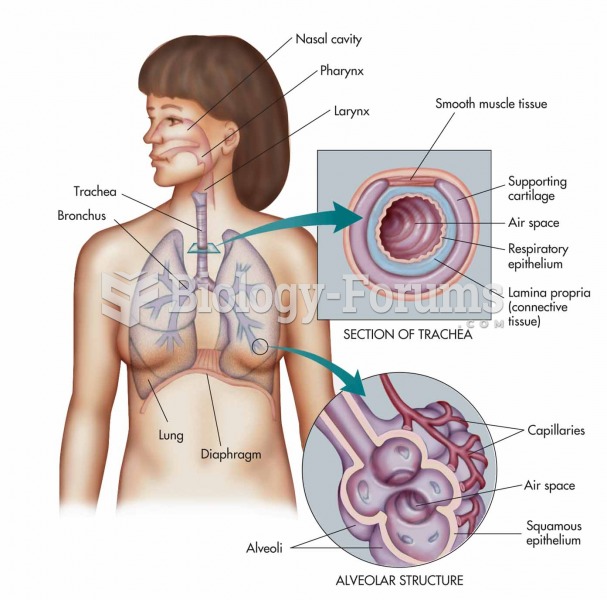|
|
|
Fatal fungal infections may be able to resist newer antifungal drugs. Globally, fungal infections are often fatal due to the lack of access to multiple antifungals, which may be required to be utilized in combination. Single antifungals may not be enough to stop a fungal infection from causing the death of a patient.
Cancer has been around as long as humankind, but only in the second half of the twentieth century did the number of cancer cases explode.
The eye muscles are the most active muscles in the whole body. The external muscles that move the eyes are the strongest muscles in the human body for the job they have to do. They are 100 times more powerful than they need to be.
Looking at the sun may not only cause headache and distort your vision temporarily, but it can also cause permanent eye damage. Any exposure to sunlight adds to the cumulative effects of ultraviolet (UV) radiation on your eyes. UV exposure has been linked to eye disorders such as macular degeneration, solar retinitis, and corneal dystrophies.
Urine turns bright yellow if larger than normal amounts of certain substances are consumed; one of these substances is asparagus.
 Lymphatic vessels (green) pick up excess tissue fluid, purify it in lymph nodes, and return it to th
Lymphatic vessels (green) pick up excess tissue fluid, purify it in lymph nodes, and return it to th
 The respiratory system: nasal cavity, pharynx, larynx, trachea, bronchus, and lung with expanded vie
The respiratory system: nasal cavity, pharynx, larynx, trachea, bronchus, and lung with expanded vie




